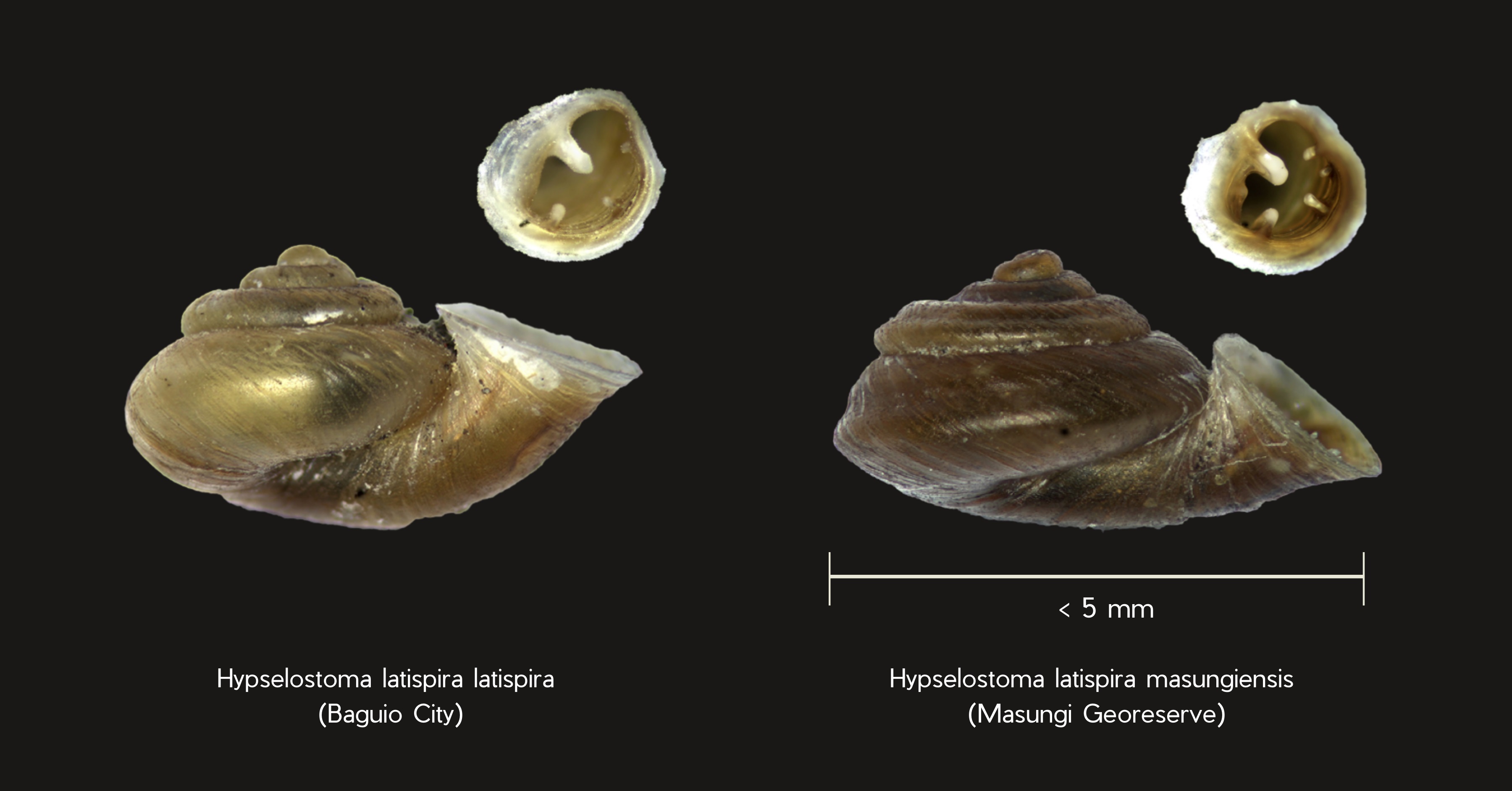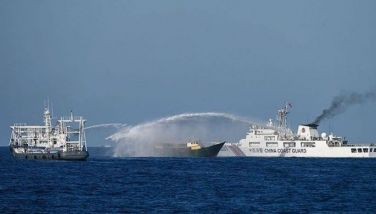New subspecies of microsnail discovered in Masungi Georeserve

MANILA, Philippines — Filipino scientists have discovered a new subspecies of microsnail—snail with shell of about the size of an ant—endemic to ecotourism and conservation site Masungi Georeserve in Rizal.
The new subspecies of snail—Hypselostoma latispira masungiensis—is a land snail dependent on karst ecosystems which can be found attached to limestone boulders feeding on lichens and other vegetations. It is considered a microsnail with a size of less than five millimeters.
The discovery was published in the Philippine Journal of Systematic Biology by Harold Lipae, Angelique Estabillo, Ian Kendrich Fontanilla and Emmanuel Ryan de Chavez.
Baguio snail vs Masungi snail
In 2017, scientists from the University of the Philippines Los Baños surveying Masungi Georeserve in Baras, Rizal came across a tiny snail similar to Hypselostoma latispira, which was only recorded in Baguio City.
After a three-year study composed of specimen collection and morphological and DNA analyses, the scientists found that the snail from Masungi is different from Baguio City’s H. l. latispira.
The snails from Masungi are bigger and have larger body whorl and apertural width, while those from Baguio are smaller in shell size and have narrower body whorl and apertural width. Masungi snails also have five apertural teeth inside its shell, while Baguio snails only have four teeth.
The genetic similarity between the two snails was found to be at 99.98%.
Scientists note that the slight divergence of genes between the two subspecies may be attributed to the different environmental conditions between the two sites and the 200-kilometer distance between Masungi and Baguio.

Karst ecosystem
Dr. Ryan de Chavez of the UPLB Institute of Biological Sciences said that Hypselostoma are dependent on karsts as a source of calcium for their shell and eggs. Karst is a landscape made up of limestone.
“Some land snails are exclusively found on limestones due to their dependence on high calcium content (calcium carbonate) which are plenty in karsts. Karsts can also be considered as habitat islands. Snails through time became intimately dependent on these habitats are then ‘trapped’ in these areas. This is true for Hypselostoma,” de Chavez said.
Ann Dumaliang, managing trustee at the Masungi Georeserve Foundation, said the discovery of the Masungi-endemic snail highlights the need to protect the site against quarrying and land trafficking.
“With low mobility, snails are among the most vulnerable and helpless animals. If the rocks and soils are extracted, these species will be annihilated, without a trace,” Dumaliang said.
“To save our often-overlooked and under-resourced karst ecosystems, which are arcs of biodiversity and vital waterways, we must aggressively apply innovative area-based conservation management models and engage all sectors of society,” she added.
Aside from being a popular destination for day trips and hikes, Masungi also hosts 400 wildlife species, many of them endemic, threatened or endangered.
- Latest
- Trending






























